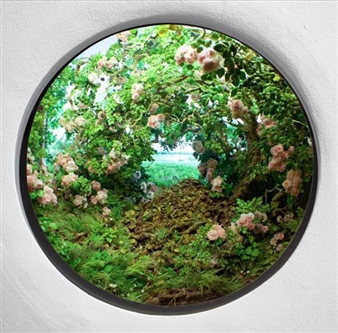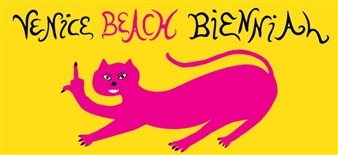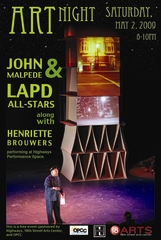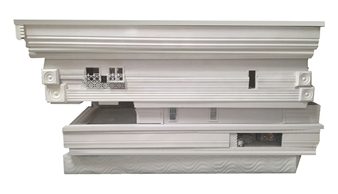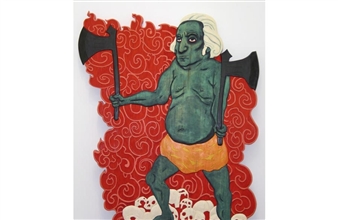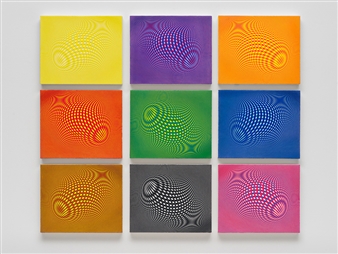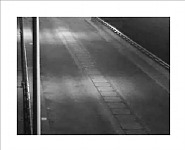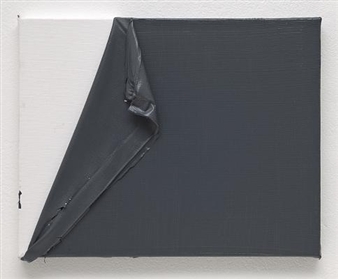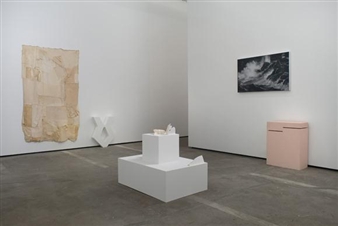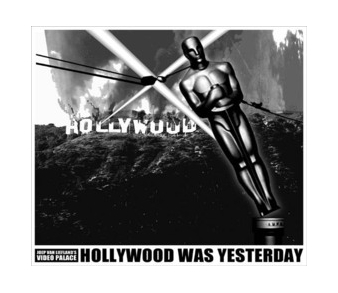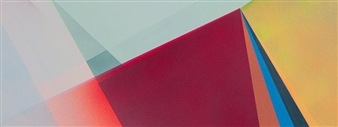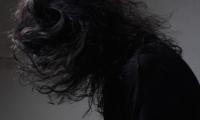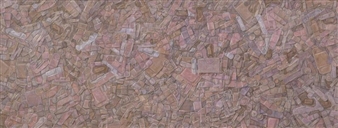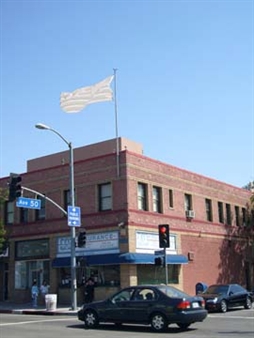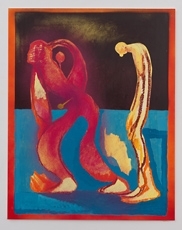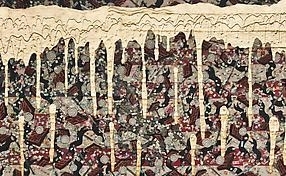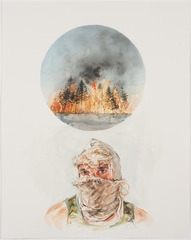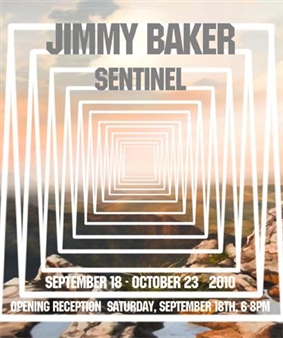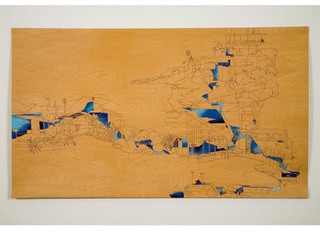The Social Register
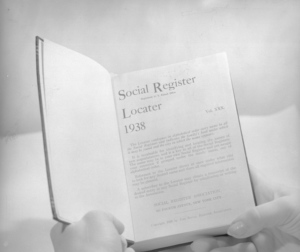
Park View, California, Los Angeles, 09/19/2015 - 11/07/2015
836 S. Park View Street, #8, Los Angeles
Park View is pleased to open the fall 2015 season with The Social Register, an intergenerational group exhibition with Buck Ellison, Elif Erkan, Jules Gimbrone, Tom Holmes, Hudinilson Jr., and Stephen Willats. An opening reception will be held Saturday, September 19 from 3-6pm, and the exhibition will run through November 7 at 836 South Park View Street in Los Angeles.
The title of the exhibition comes from the name of the publication the Social Register, released since the late 19th century as a directory for elite American families, detailing names, permanent and summer addresses, lineages and kinships, country club and university affiliations, and the names given to estates and yachts. “Founded in 1886, the Social Register is among America’s oldest and most distinguished private associations,” proclaims the Social Register’s website. “These were the names of the preferred social contacts of prominent families, alphabetically arranged.”
Laid out as an objective and comprehensive compilation of status symbols able to promote new social connections, the annual catalog inspired the exhibition’s collection of works, which draw from traces of signs and operations that structure how people organize and interact in the material world. The works present snapshots of how these symbols and modes generate one’s self-understanding by jettisoning the individual into kinetic push-and-pull situations, where one affiliates with or segregates from others, becoming apart of or apart from the social crowd.
The exhibition spans all media to include photography, sculpture, painting, video, sound, and works on paper. Functioning as both documents and aesthetic objects, the works also relate to how these symbols and modes themselves metaphorically live and die, operating as enlivened social actors themselves within the container of the artwork.
Although they are produced from a seemingly clinical perspective, the works’ gestures imbue feelings of anger, depression, and illness, but also exuberance, joy, and curiosity. The artists connect these personal feelings and their self-representational qualities back to larger frameworks of social understanding, using formal and compositional moves that establish feedback loops between social systems and the work. The incorporation of outside conditions establishes critical moments of identification between the artist and artwork, and artwork and audience, denying the possibility of separating off as either detached observer or neutral participant.
This type of embedded self-examination in turn challenges aesthetic representation itself, as the works continue to live, operate, and change, remaining inextricable from the atmospheres of their respective physical, political, and social networks of production.
For More Information
